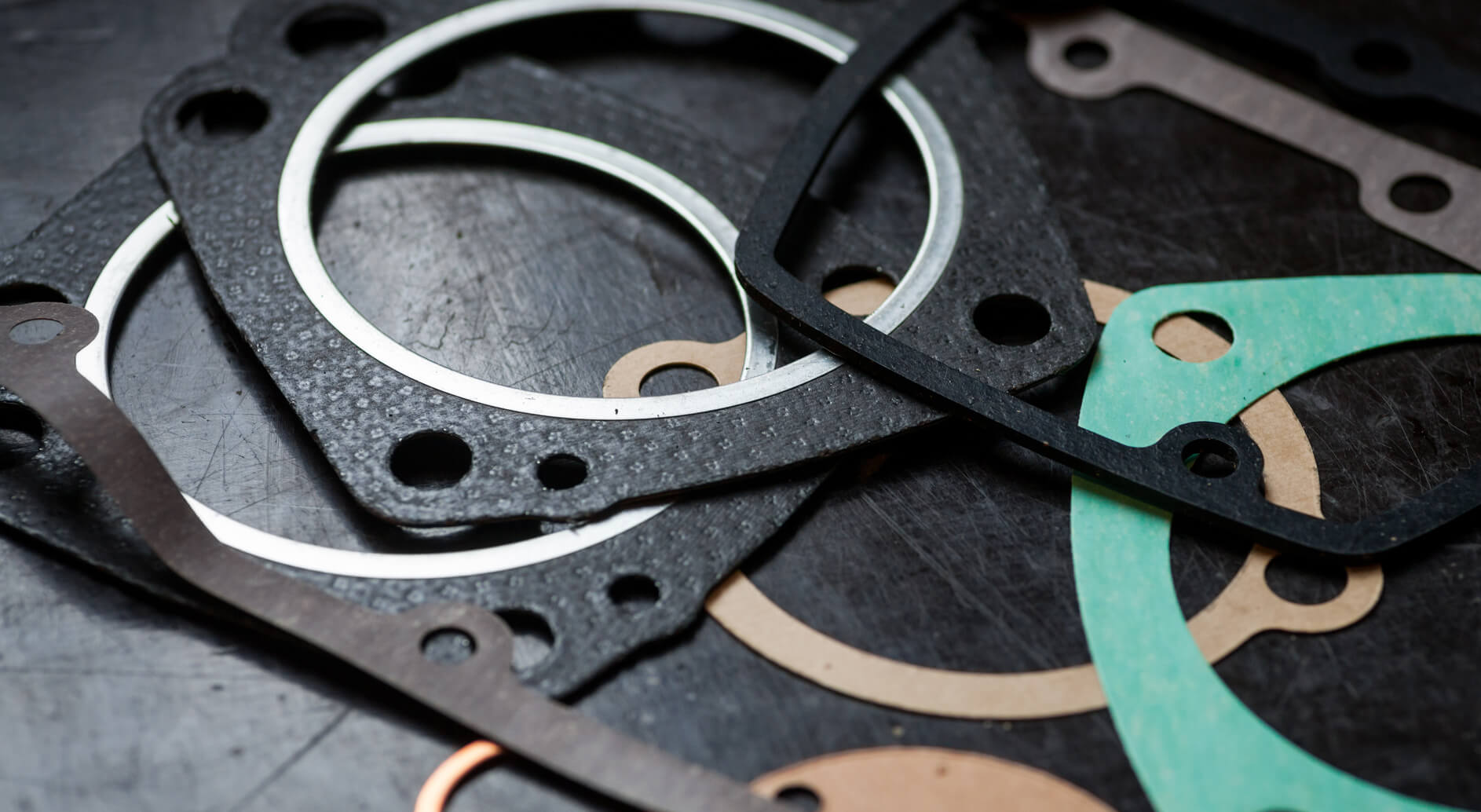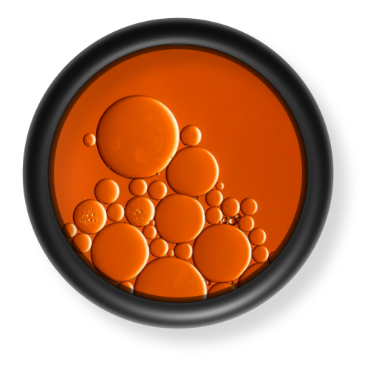Why This Guide Matters
PTFE envelope gaskets deliver exceptional sealing performance in the most demanding environments. Think corrosive chemicals, extreme temperatures, and critical pressure systems. This guide dives deeper than ever before, offering not just the what but also the why and how for professionals seeking dependable sealing solutions.
What Are PTFE Envelope Gaskets?
PTFE envelope (or encased) gaskets are engineered as composite seals that combine the chemical strength of PTFE (polytetrafluoroethylene) with a supportive core material. Often metal or soft inserts to handle mechanical load and maintain resilience.
Design
The PTFE wraps around an inner core. Depending on design needs, it may fully enclose or just partially envelope the core
Materials
PTFE offers exceptional chemical inertness and low friction, while the core imparts necessary stiffness and resilience
Key Advantages That Set Them Apart
Chemical & Corrosion Resistance
PTFE excels in resisting aggressive acids, bases, solvents, and even biological media—ideal for demanding industries like chemical processing and pharmaceuticals
Wide Temperature Range
PTFE remains stable from deep cryogenic levels (around –195 °C) up to high heat (up to 250 °C or higher depending on design)
High Durability
Metal or fiber-core inserts enable the gasket to withstand high bolt loads, pressure differentials, and temperature cycling without losing integrity
Low Friction & Self-Lubrication
PTFE’s low coefficient of friction ensures smooth compression and minimizes flange wear over time
Customizability
Available in specialized profiles—U-envelope, C-envelope (sometimes with a diffusion stop), Double-U, Donut, Y- or V-envelopes, each tailored for particular pressure or chemical exposure scenarios
Industries & Applications
Chemical & Petrochemical Processing
Exceptional resistance to harsh and aggressive media makes PTFE envelope gaskets a staple wherever corrosion is a concern
Food, Beverage, Pharma
PTFE’s physiological inertness means it's safe for direct contact with consumables and sanitary systems
General Industrial Use
Ideal for flange connections in plumbing, aerospace, automotive systems, underground storage, and toxic gas containment
Sanitary & Tri-Clamp Fittings
Custom versions with EPDM or Viton fillers are available, meeting FDA, 3A, and USP Class VI compliance requirements
Technical Tips: Choosing & Applying the Right Gasket
Selecting the Right Profile
- U-Envelope: For general-purpose sealing.
- C-Envelope (with diffusion stop): Adds protection against PTFE “cold flow.”
- Double-U / Donut: Designed for high-pressure systems and cases where media contacts the top surface
Core Material Considerations
- Graphite laminate or fiber inserts offer softness and superior conformity, ideal for fragile flanges like glass-lined or ceramic surfaces
- Metal cores add rigidity and are well-suited for high-temperature, high-pressure setups
Temperature & Insert Type:
- EPDM inserts: –30 °F to 300 °F (~–34 °C to 149 °C)
- FKM (Viton): Up to around 400 °F (~204 °C)
Why This Matters: PTFE vs. Other Gasket Types
Spiral-Wound Gaskets
Excellent for high-temperature and high-pressure scenarios, but lack PTFE’s chemical inertness
Ring Type Joint (RTJ) Gaskets
Suitable for extremely high-pressure oil and gas applications, but typically all-metal and lack PTFE benefits
Fluoroelastomer (Viton®) Gaskets
Flexible and good chemical resistance—but PTFE envelope gaskets dominate in extreme chemical compatibility and broader temperature range
Summary Table
| Feature | PTFE Envelope Gaskets |
|---|---|
| Best for | Corrosive media, wide temperature range, sanitary use |
| Temperatures | -195 °C to 250 °C (or more, depending on construction) |
| Core Benefits | Combines PTFE's inertness with structural strength |
| Custom Profiles | U, C (diffusion-stopped), Double-U, Donut, Y/V envelopes |
| Insert Options | Graphite, fiber, metal – chosen per application needs |
| Regulatory Compliance | Available with food-grade (FDA, 3A, USP Class VI) inserts |
Next-Level Insights & Best Practices
Prevent Creep with Design
Use cores and designs resistant to PTFE’s cold flow tendency—e.g., diffusion stops in C-envelopes—or pair with Belleville washers to maintain tension over time
Optimize Surface Compatibility
For delicate flange materials (glass, enamel), use soft-core inserts like graphite to prevent stress or damage
Stay Compliant in Clean Environments
Always choose FDA- or USP-validated designs and inserts for sanitary or pharmaceutical use
Evaluate Lifecycle Costs
Although PTFE envelope gaskets might cost more upfront, their extended durability and resistance to aggressive conditions reduce downtime and replacement costs
Engineered for Your Industry’s Toughest Demands
From chemical processing to pharma cleanrooms to aerospace systems, every industry has unique sealing challenges. APG helps engineers and maintenance leaders specify PTFE envelope gaskets that hold up under pressure. Let’s identify the right solution for your operation.









 +1 800-888-5223
+1 800-888-5223




.png)